Grenfell Tower fire: Five years on, what laws have been changed?
and live on Freeview channel 276
Five years ago today, the Grenfell Tower fire saw 72 people lose their lives in an inferno which engulfed the 24-storey building.
It was one of the worst disasters in the UK in decades and the worst residential fire since World War Two.
Advertisement
Hide AdAdvertisement
Hide AdThe June 14, 2017, fire spread across the building via flammable cladding, and rescue efforts were hampered by poor fire safety planning.
Of the 72 fatalities, 15 were disabled residents of the North Kensington tower block, and 17 were children, including a six-month-old baby, while one child was stillborn.
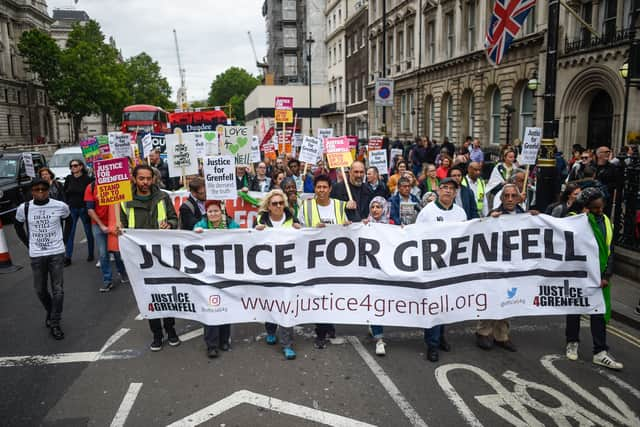

Since the blaze, the fire has been investigated by the Met Police, via a public inquiry, and by coroners’ inquests - while the government commissioned a review of building safety laws.
But in the half a decade since, just what has changed in response to the catastrophe? LondonWorld has taken a look at the five main strands of the response to Grenfell.
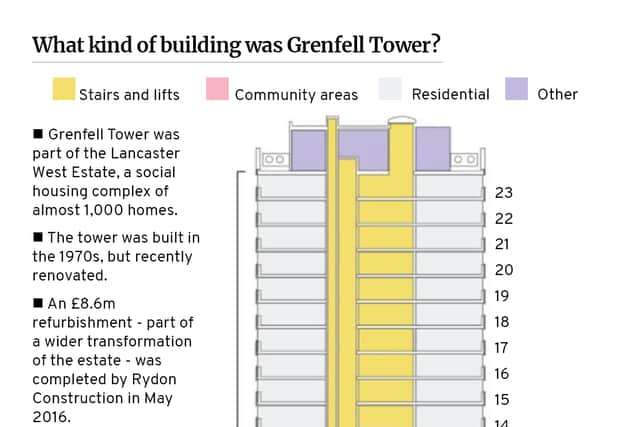

The Grenfell Inquiry
Advertisement
Hide AdAdvertisement
Hide AdLaunched by then-prime minister Theresa May the day after the fire, the Grenfell Inquiry is led by retired judge Sir Martin Moore-Bick.
Divided into two phases, it opened in September 2017, and the first phase addressed events on the night of the fire. That phase has now concluded and a report into its findings was published in October 2019.
In the report, Sir Martin described the speed of the fire and size of the flames as “profoundly shocking” and said the “ferocity” of the blaze “must have been truly terrifying”.
He made 46 recommendations, from improving fire safety in high-rise residential buildings, to better communication in fire service control rooms, and national guidelines on evacuation plans.
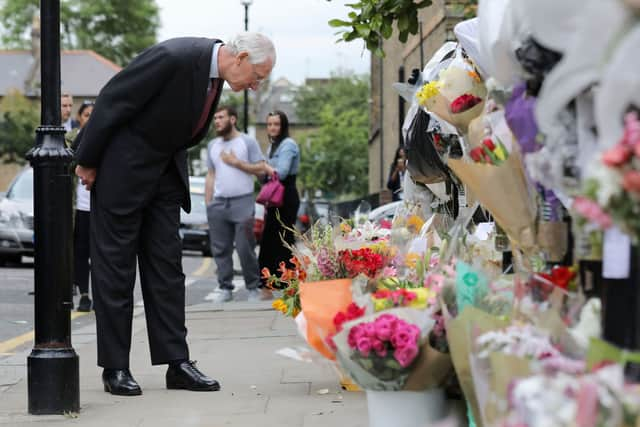

Advertisement
Hide AdAdvertisement
Hide AdIn the government’s latest progress update, the Home Office and the Ministry of Housing, Communities and Local Government (now known as the Department for Levelling Up, Housing and Communities) said in May 2022 that 21 of the 46 measures have so far been implemented.
The 21 measures which have been implemented were directed to the emergency services.
The London Fire Brigade, fire and rescue services and emergency services nationally, the Met Police, the London Ambulance Service and the National Police Air Service have all completed some or all of the recommendations directed to them.
However the inquiry also directed measures to the government, and so far none of these have been implemented.
Advertisement
Hide AdAdvertisement
Hide AdPhase Two of the inquiry is underway after beginning in 2019 and being affected by the Covid-19 pandemic. Hearings are concluding at the moment, with the investigation anticipated to end next month.
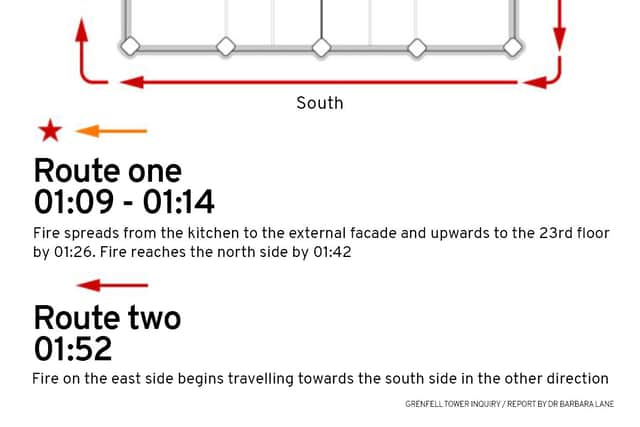

The Building Safety Review
In August 2017, the government commissioned an independent review of building regulations and fire safety, led by Dame Judith Hackitt,a senior engineer and civil servant.
She published an initial report in December 2017, and found the entire building regulatory system was “not fit for purpose”, and outlined interim recommendations for changes.
Her final report, titled Building a Safe Future, was released in May 2018, and recommends “fundamental reform” to improve fire safety.
Advertisement
Hide AdAdvertisement
Hide AdIt included calls for joint oversight of safety risks; more focus on building safety by owners; detailed risk plan requirements; and better enforcement.
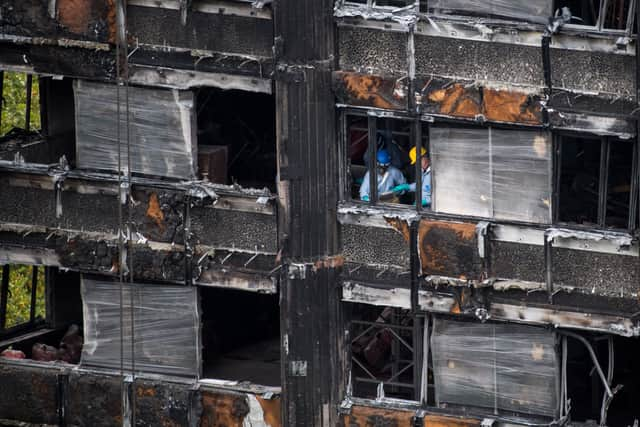

The government pledged it would implement these recommendations in full.
The Hackitt report did not call for a ban on combustible cladding on high rise buildings, but Dame Judith said she would support the government if it proposed banning its use.
Ministers later promised they would consult on flammable cladding.
Advertisement
Hide AdAdvertisement
Hide AdIts use on all new residential buildings above 18m tall, as well as schools, care homes, student accommodation and hospitals, was then banned in September 2018.
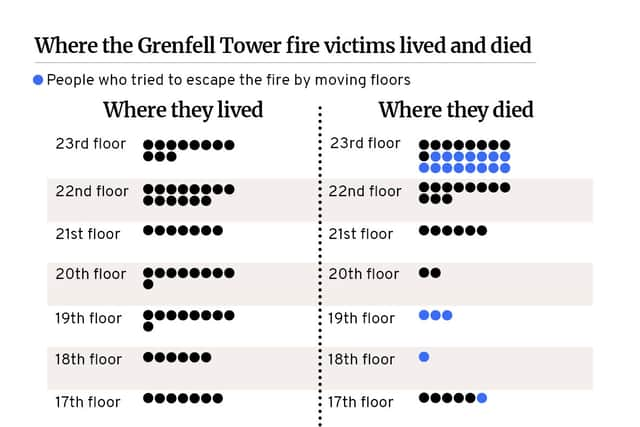

Fire safety legislation
Laws in England and Wales on fire safety are outlined in the Regulatory Reform (Fire Safety) Order 2005 (FSO).
This piece of legislation states that: “The responsible person must in relation to relevant persons who are not his employees, take such general fire precautions as may reasonably be required in the circumstances of the case to ensure that the premises are safe.”
Responsible person may mean the building owners, leaseholders or managers - whoever has ‘control’ of the premises.
Advertisement
Hide AdAdvertisement
Hide AdHowever, in light of the Grenfell fire, the government has introduced two main updates.
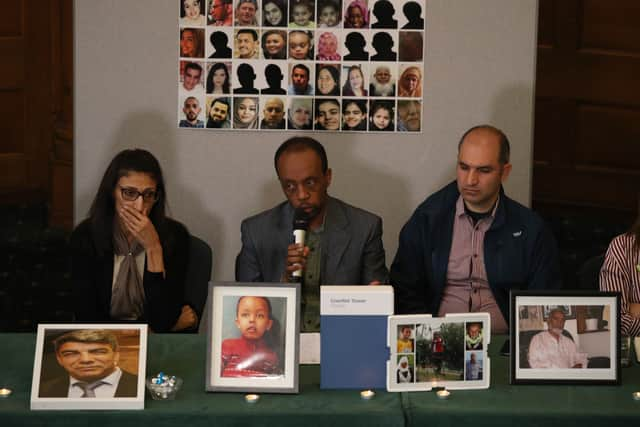

The Fire Safety Act 2021, which came into force in May 2022, amends the FSO to include the structure and external walls, cladding, balconies, windows and doors.
Risk assessments will have to be updated in light of the new rules, the government has said.
While the Fire Safety (England) Regulations 2022 will bring into force the majority of the Grenfell inquiry’s recommendations which required changes to the statute books.
Advertisement
Hide AdAdvertisement
Hide AdThese become law in January 2023 and include rules on fire doors; safety instructions; monthly, quarterly and annual checks; building plans; information boxes; and visible signage.
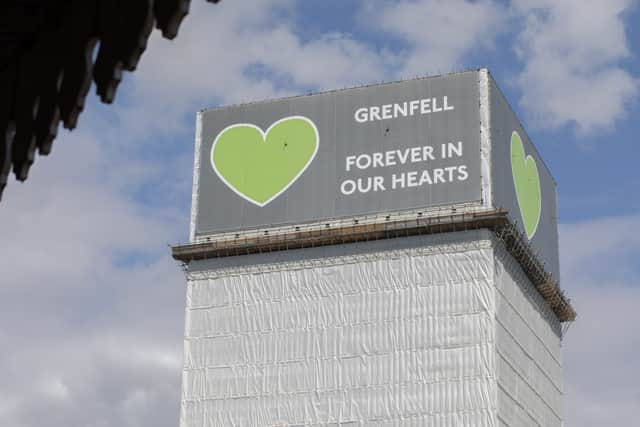

Responsible persons must also inform the fire service if any lifts or equipment which could be used by firefighters is out of order for more than 24 hours.
The Building Safety Bill 2022 - which has now received Royal Assent, meaning it will soon come into force - is another piece of the puzzle.
It introduces a new building regulator to have oversight of the industry, while rogue developers could face prosecution.
Advertisement
Hide AdAdvertisement
Hide AdTenants will also have more routes to raise safety concerns and longer to pursue compensation.
Personal evacuation plans
A core plank of the Grenfell inquiry recommendations was for high-rise building owners to be required to have personal emergency evacuation plans (PEEPs), or other arrangements in place, for all disabled residents, after 40% of disabled Grenfell residents died in the fire.
However, just weeks before the fifth anniversary of the fire, the government revealed in a Home Office consultation document that it would not push ahead with this measure.
It claimed there were “significant issues” with the “practicality, proportionality and safety” of PEEPS, adding “we are currently unable to mandate PEEPs in high-rise residential buildings”.
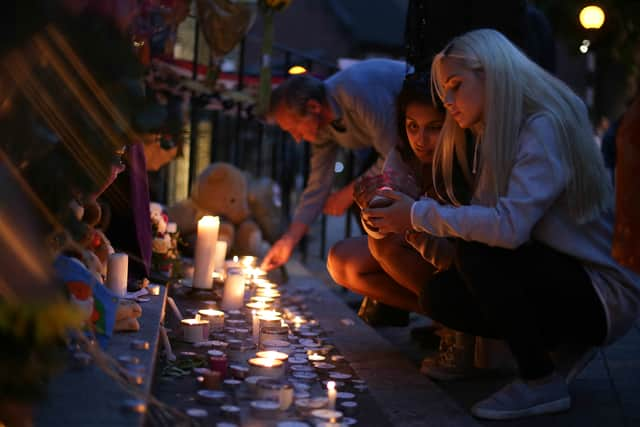

Advertisement
Hide AdAdvertisement
Hide AdThe proposal is set to be replaced with “an alternative package of initiatives”.
Claddag, a group representing disabled residents involved in the building safety crisis branded the plans “unconscionable” and said they were “horrified and deeply dismayed”.
And the move comes after the Equality and Human Rights Commission (EHRC) report into Grenfell voiced serious concerns about the lack of escape plans, and deemed that disabled people faced discrimination, degrading treatment and breaches of the right to life.
Met Police inquiry
London’s police force is also investigating the Grenfell Tower fire, but has confirmed it will not bring any criminal charges before the inquiry publishes its final conclusions.
Advertisement
Hide AdAdvertisement
Hide AdMore than 180 investigators and international experts spent a year forensically examining the tower, took more than 9,000 witness statements and are looking at 130 million documents recovered from companies and organisations linked to the tower, the force said.
In a statement, DAC Stuart Cundy, who is leading the investigation, said the project was “one of the largest and most complex investigations ever undertaken by the Met”.
He said: “We are investigating a full range of offences including corporate manslaughter, gross negligence manslaughter, fraud and health and safety offences.
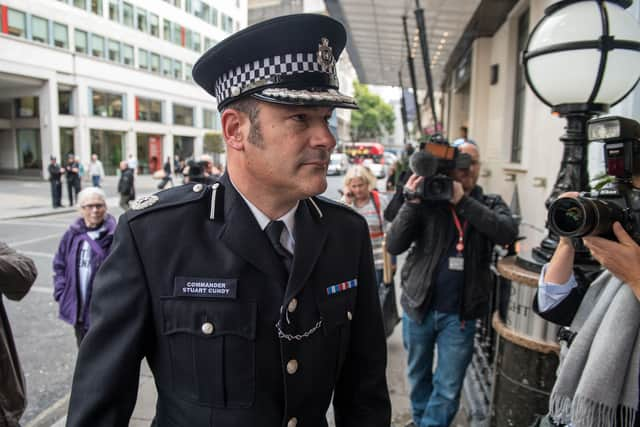

“Forty people have been interviewed under caution, many multiple times and more interviews under caution will take place.”
Advertisement
Hide AdAdvertisement
Hide AdAnd he added: “I recognise the frustrations of some about the significant length of this complex criminal investigation. We are in an unusual situation where our police investigation and the public inquiry are being conducted at the same time.
“Once we have fully examined the findings of the Phase 2 report we will present our evidence to the Crown Prosecution Service so they can consider charging decisions.”
Inquests may also resume after the inquiry is completed, if this is considered necessary.
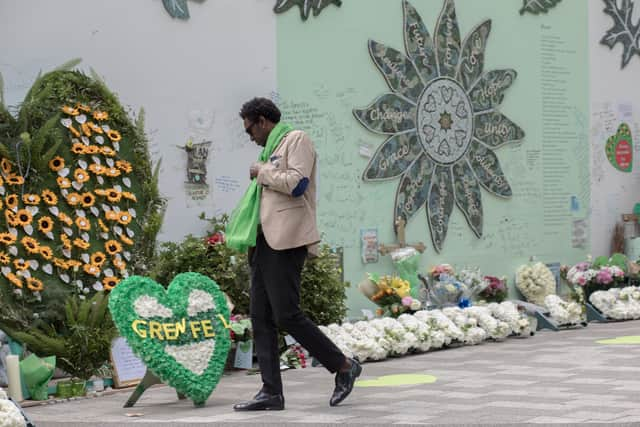

The Grenfell Memorial
Survivors and bereaved relatives of those who died in the fire are determined to create a memorial at the site of the tower.
Advertisement
Hide AdAdvertisement
Hide AdThe government has confirmed it will work with the community to make decisions around the future of the site.
And the Grenfell Tower Memorial Commission, led by Thelma Stober, of the Victim’s Panel, and Michael Lockwood, head of police watchdog the IOPC, along with survivors and the bereaved, are working to bring together ideas to commemorate those who were lost.
A report on Remembering Grenfell, published in May 2022, stated: “The bereaved families in our community were left with very few physical things to remember their loved ones.
“Because of the nature of the fire, it wasn’t always possible to lay the bodies of loved ones to rest in accordance with their beliefs, or to give them a fitting funeral and grave.
Advertisement
Hide AdAdvertisement
Hide Ad“The Tower itself is a sacred place, but it is currently cordoned off so that the building can be kept safe.
“Our bereaved families each remember in their own ways, but they don’t yet have a peaceful place where they can all come together to grieve.”